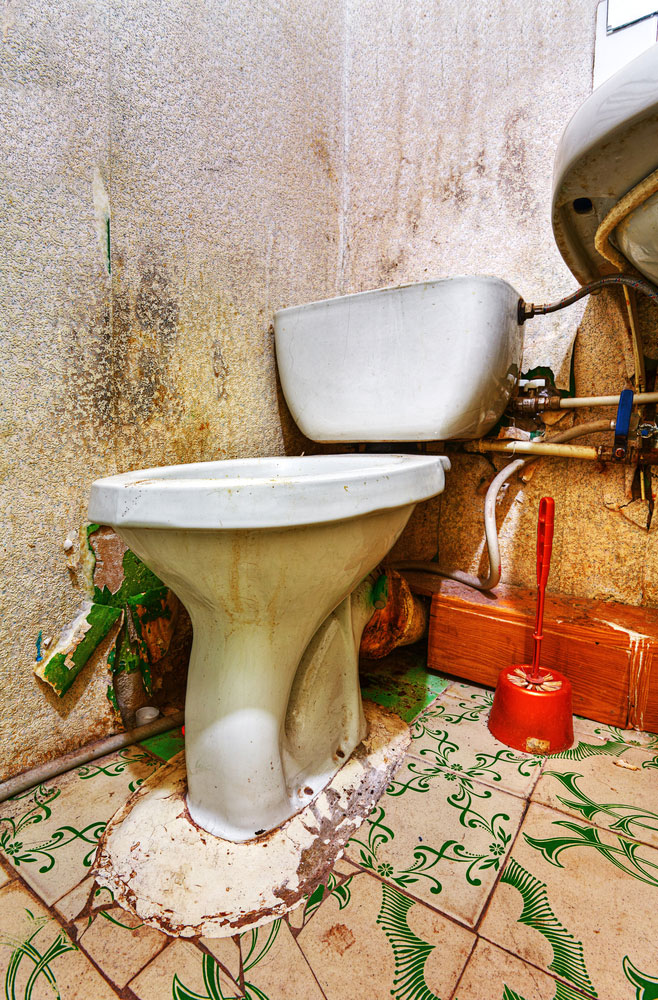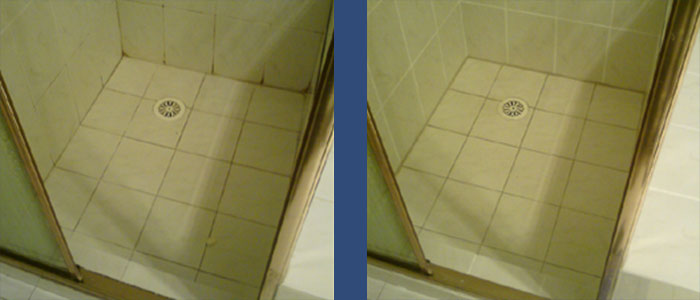This post listed below about Common Causes of Water Damage in a Bathroom is highly engaging. Give it a try and make your own personal conclusions.

The shower room is very at risk for wet buildup and also potential water damage due to the constant use of water in it. This article offers simple evaluation techniques to help spotting water damage dangers.
The regular use of water in the shower room makes it exceptionally vulnerable for moist build-up and also possible water damages. By inspecting it routinely, you can decrease water associated problems.
The adhering to set of inspections is simple to do as well as must be done as soon as in every 3 months in order to maintain your bathroom in good shape and to avoid prospective water damages triggered by the tub, the shower, pipeline joints and also plumbing, sinks, closets, and also the commode
Do not forget performing these inspections and be comprehensive while performing them. Keep in mind that these easy evaluations can save you a lot of money by offering early indicators for water damages
Sinks and also Cabinets
Sinks and also closets are revealed to wetness as well as moisture daily and are often overlooked. Inspect routinely under the sink and on the countertop above it. Fix any type of drip in the catch as it may suggest drain problems. Check out the sink, sluggish draining pipes might show an obstructed drain. Replace sink seals if they are fractured or loose.
Bathtub and also Shower
The shower as well as bathtub call for unique attention and also upkeep. Check the tiles and also change if cracked. Make certain that there is no missing cement in between the tiles. Evaluate as well as replace split caulking at joints where the walls fulfill the flooring or the bathtub. Obstructed drains and pipelines problems will certainly stop the bath tub from drying and might show major troubles below the tub. Seek advice from an expert quickly to avoid architectural damage. Focus on stainings or soft areas around the bath tub wall surfaces as they might indicate an inner leak.
Plumbing
Signs for water damages are difficult to identify considering that the majority of pipes are set up inside the walls.
Pay special focus to flooring and also walls dampness and spots as they might suggest an unseen plumbing issue. Examine moisture degrees in adjacent rooms also.
The Toilet
The bathroom is a prone water joint. Examine the water lines and search for leaks around the bathroom seat, in the pipe, and also under the water tank. If you spot any type of indicators of dampness on the floor around the toilet, check for leakages in the toilet edge and also storage tank seals.
Know that hanging commode dish deodorants enhances the possibilities for blockages.
Water Damage Signs In The Bathroom To Avoid Cleanup
Musty smell
This is one of the easiest signs to catch because musty smells are so odorous. The damp, earthy, moldy smell should be a big red flag. The smell will develop when moisture gets trapped in surfaces, and begins to facilitate mold growth. Leaking pipes under cabinets, inside walls, and behind shower fixtures will cause moisture to stay trapped and not dry, which will lead to mold growth and spread. As soon as you notice any musty smells in your bathroom, have it checked for hidden water damage and cleanup signs.
Visible mold
If the smell isn’t there to give it away, sometimes you will actually see mold growth. Finding mold in your bathroom is a serious problem, because mold is very harmful to your health. By the time mold growth is visible, it also means that water damage has already occurred and been present for some time. The only way the mold problem can be resolved is to find the source of the moisture and get it stopped. To safely and adequately remove mold, you need to have professionals handle the remediation. Do not waste any time in getting mold problems addressed, fixed, and sanitized so that you can protect you and your family from the many respiratory symptoms caused by mold exposure.
Damaged floors
Bathroom floors should be able to withstand some exposure to water while still remaining in good condition. However, when excess exposure or water leaks occur, they will begin to damage even the most water-resistant flooring. If you notice any cracking, bubbling, staining, or warping on your bathroom floors, there is probably a water leak somewhere causing the distortion. If you notice areas of the floor have become softer, or even have a spongy feeling, there is probably damage to the subfloor. Subflooring is typically made up of plywood. When plywood is exposed to water or moisture, it will absorb it. Once it has become saturated, the weight of the excess water will cause the wood to swell and soften. Check the floors in your bathroom frequently to catch any of these sings before they lead to damaged subflooring.
Changes on walls
When water leaks behind walls, it will cause changes in the drywall. Peeling plaster, blistering paint, and soggy wallpaper are all good indicators that excess water is building up behind the wall. Water leaking behind drywall will cause it to swell and be soft to the tough. If you start to notice gaps along the trim of your walls, or where tile meets the wall, it could also be a strong indicator that there is a leak behind the wall. Any changes, distortion, or damage on the walls should be evaluated as soon as you notice it to prevent further water damage and cleanup.

I'm very involved in Common Causes of Water Damage in a Bathroom and I'm hoping you enjoyed the post. Loved our post? Please share it. Let someone else check it out. We cherish reading our article about How to Repair and Prevent Bathroom Water Damage.
Information